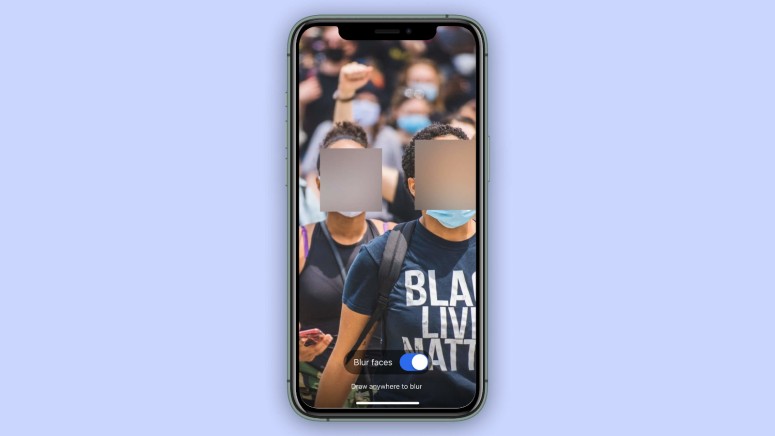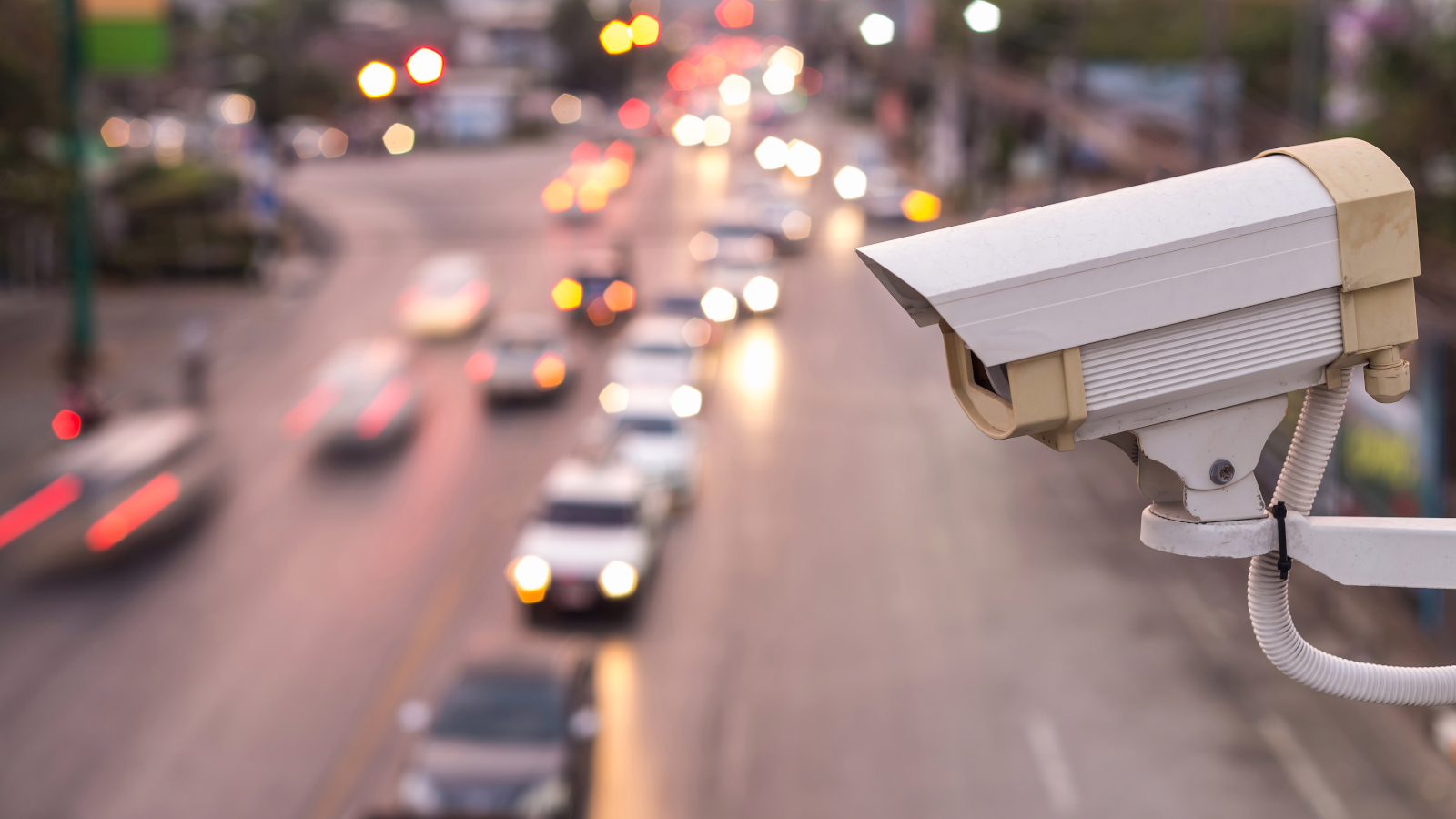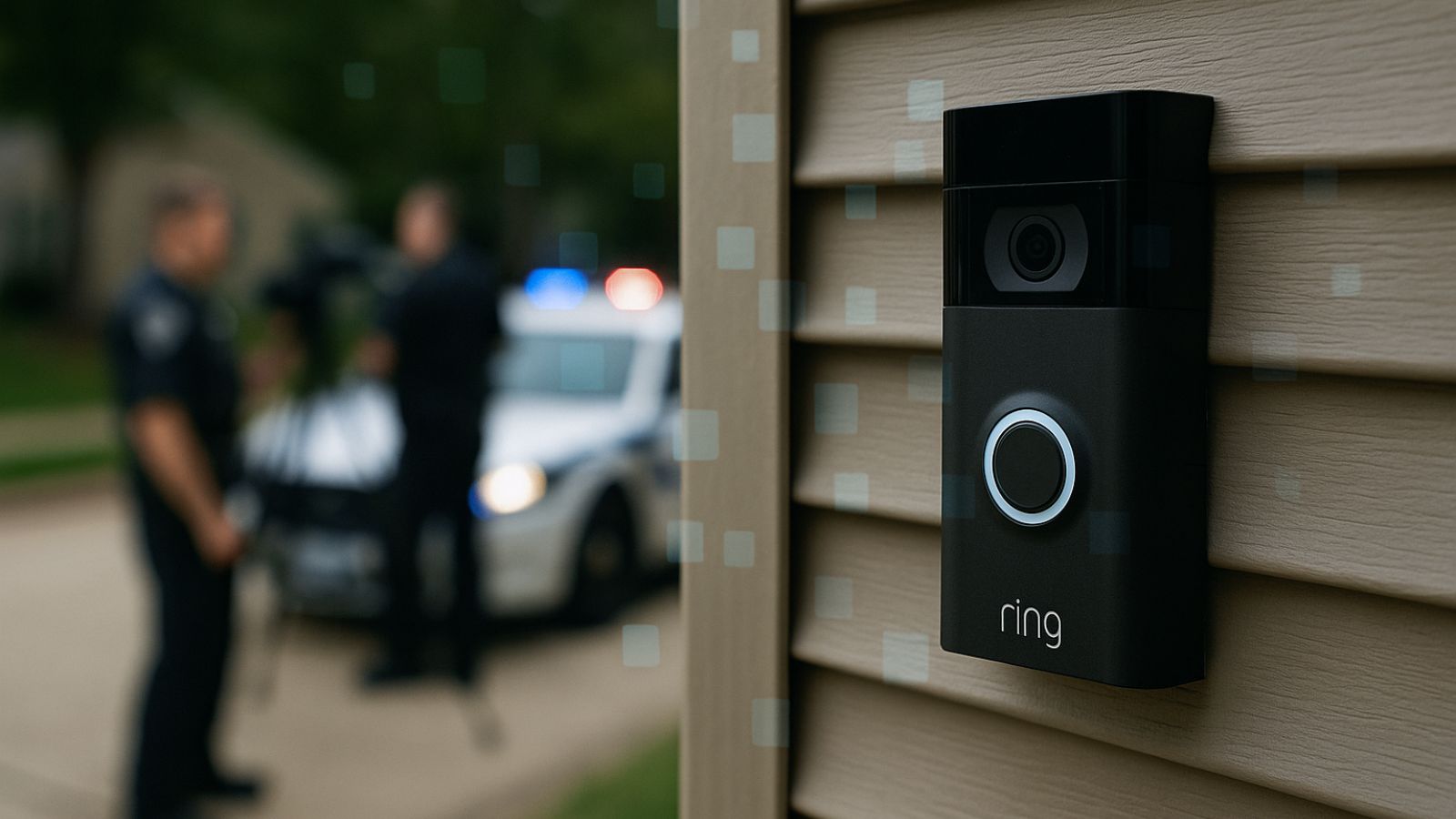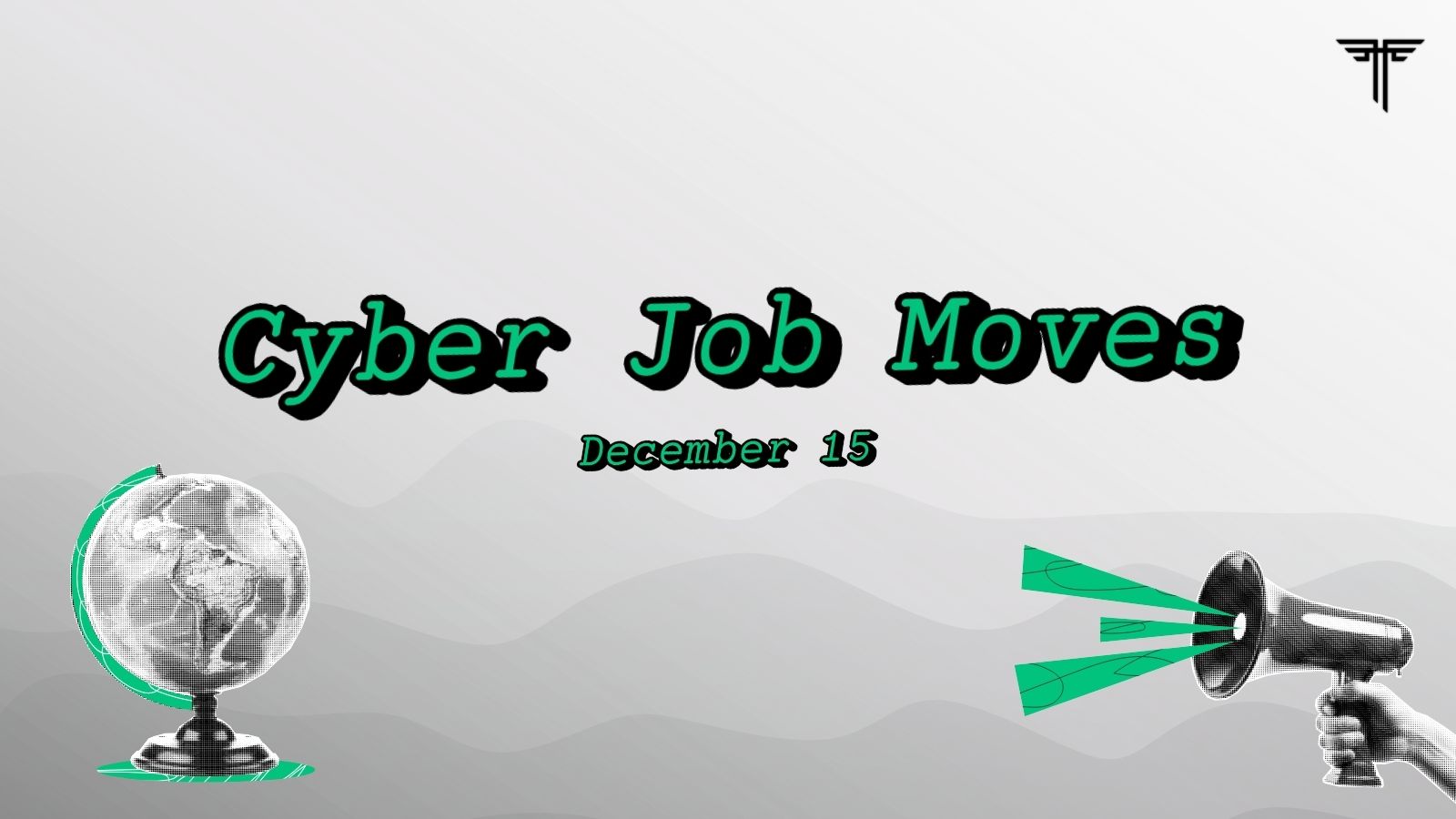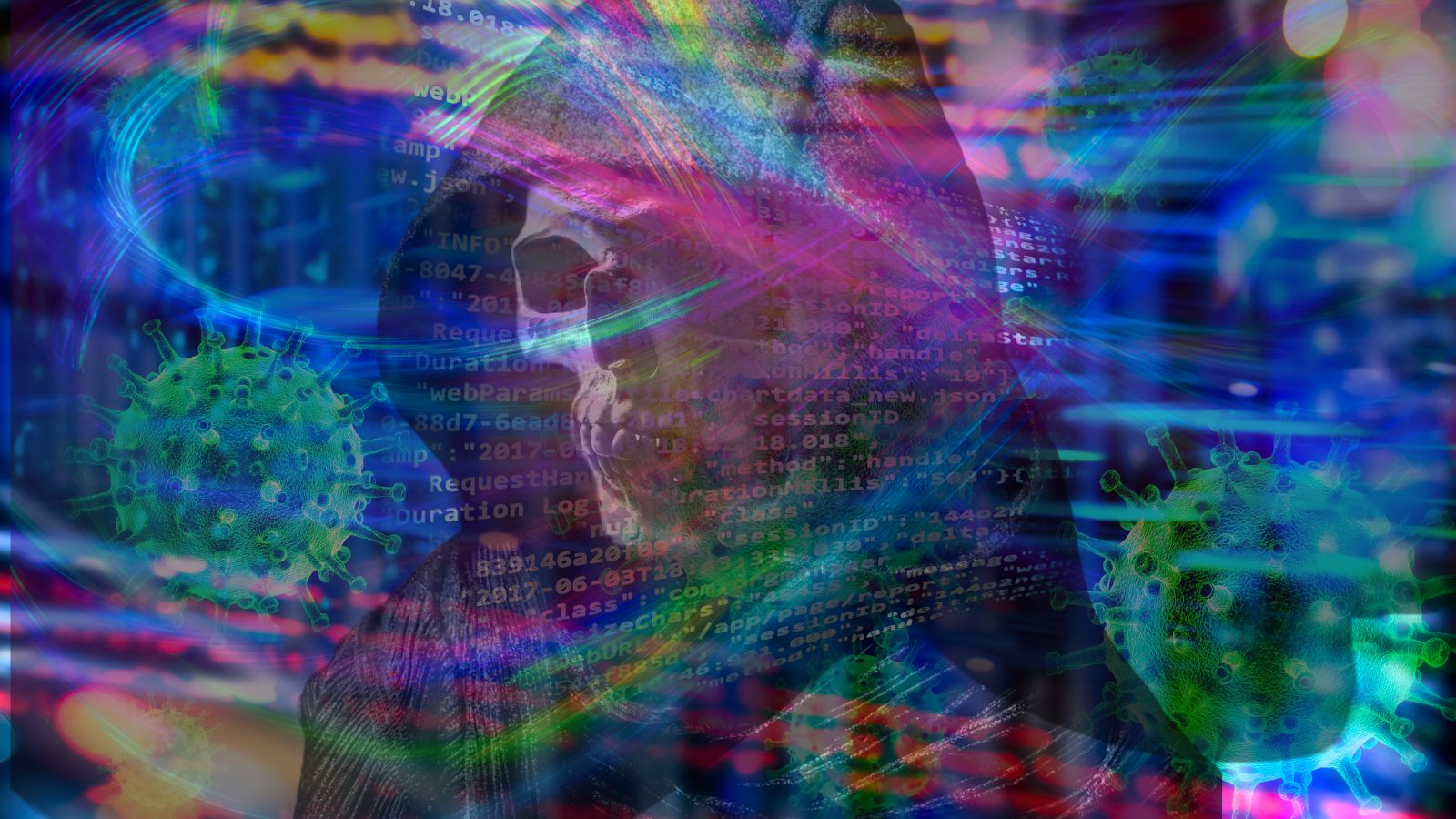
Signal Takes Another Step to Protect People’s Anonymity
- Signal is introducing features to help people hide their faces from the authorities.
- The app is being empowered with a manual blurring brush to help users hide the faces of protesters.
- Signal is also looking for a manufacturer to produce high volumes of masks that fool facial recognition AI.
Signal, the popular messenger app that features end-to-end encryption and offers powerful anonymity and privacy protection features, is taking additional action to help people protect their real identities. In the days of mass surveillance that we live in, encrypted communication tools aren’t enough to keep the law enforcement authorities’ prying eyes away. Of course, rioting and burning are wrong and condemnable. Still, right now, people are having difficulties even protesting peacefully, as things quickly escalate to violence and prosecution from the police’s side.
Besides the social unrest that followed the murder of George Floyd, citizens from around the world were already facing the privacy-invading facial recognition systems deployed en masse, supposedly to help protect against COVID-19. All that said, protecting your anonymity in public places, and especially during protesting, became an immediate necessity. Having to deal with unprecedented numbers of advanced facial recognition AIs deployed almost everywhere is a mark of the dawn of a new age.
Source: Signal Blog
Signal just felt they ought to do something to help people stay anonymous, and support them while protesting out in the streets. So, what they did was introduce a face blurring tool in the image editor of the app, which users can use to quickly hide the faces of people who show up in images taken from public protests. The processing of the picture takes place locally on the device, so nothing is uploaded on the Signal servers, and thus, no data can be intercepted. The app can detect the faces that are depicted in a captured moment, but the users can manually brush whatever parts the algorithms have trouble picking up.
Source: Signal Blog
Besides this simple yet crucially important new feature, Signal also revealed plans for producing high volumes of versatile face coverings that can fool facial recognition systems. The unique “urban camo” design forces the facial recognition AI to identify a large number of false faces on the pattern of the cover. Eventually, it causes distraction from the wearer’s real face. Facial recognition systems have grown smarter and more capable in the last year, being able to match faces with IDs even if the subject is wearing a mask. However, the Signal masks will be acting more aggressively, overwhelming the systems with “noise data,” and dropping their matching confidence rates down to unusable levels.
